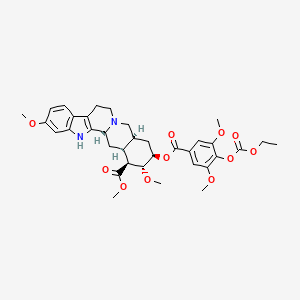In continuation of my update on metformin
Despite previous scientific studies that suggest diabetes drug metformin has anti-cancer properties, a new, first-of-its-kind study from Women's College Hospital has found the drug may not actually improve survival rates after breast cancer in certain patients.
The study, published in the journal Diabetes Care, failed to show an improved survival rate in older breast cancer patients with diabetes taking the drug metformin, a first-line treatment for diabetes. However, the authors caution further research is necessary to validate the study's findings.
Scientific research has found metformin is associated with an up to 30 per cent reduction in new cancers and a reduction in tumour growth in non-diabetic breast cancer patients treated with the drug, Dr. Lega notes in the study.
To test the drug's anti-cancer properties, the authors examined 2,361 women, aged 66 or older who were treated with the drug and diagnosed with breast cancer between April 1, 1997 and March 31, 2008. The women were followed from their date of breast cancer diagnosis until their death or until March 30, 2010. The researchers found no significant statistical correlation between cumulative use of metformin and death from all causes or a significant reduction in deaths due to breast cancer.
The authors note a lack of data on body mass index, breast cancer stage and a short followup period for breast-cancer specific deaths, limit interpretation of their findings. Further research is necessary in a younger population of patients with breast cancer and diabetes.
"Metformin is a drug commonly used by diabetic patients to control the amount of glucose in their blood," said the study's lead author Dr. Iliana Lega, a research fellow at Women's College Research Institute. "Although existing scientific literature suggests that drug may prevent new cancers and death from breast cancer, our study found the drug did not significantly impact survival rates in our patients."
Scientific research has found metformin is associated with an up to 30 per cent reduction in new cancers and a reduction in tumour growth in non-diabetic breast cancer patients treated with the drug, Dr. Lega notes in the study.
To test the drug's anti-cancer properties, the authors examined 2,361 women, aged 66 or older who were treated with the drug and diagnosed with breast cancer between April 1, 1997 and March 31, 2008. The women were followed from their date of breast cancer diagnosis until their death or until March 30, 2010. The researchers found no significant statistical correlation between cumulative use of metformin and death from all causes or a significant reduction in deaths due to breast cancer.
"What makes our study so unique is that while the effects of metformin have been well documented, previous research has not examined the cumulative effects of the drug on patients, particularly breast cancer patients with diabetes," Dr. Lega said. "This is important given that diabetic patients may switch drugs over the course of their treatment."
The authors note a lack of data on body mass index, breast cancer stage and a short followup period for breast-cancer specific deaths, limit interpretation of their findings. Further research is necessary in a younger population of patients with breast cancer and diabetes.
"Understanding the effects of metformin on breast cancer patients is critical in helping address the gap in cancer outcomes in patients with and without diabetes," she added. "The findings will help physicians inform treatment plans for patients with diabetes."Ref : http://care.diabetesjournals.org/content/early/2013/04/30/dc12-2535







